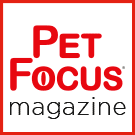Avian flu spreading between mammals in USA, study confirms
The virus is spreading between cattle as well as to other mammals.
The current outbreak of highly pathogenic avian influenza in dairy cattle in the USA has led to mammal-to-mammal transmission, a new study has concluded.
The researchers found evidence of transmission between cattle, and from cattle to cats and a racoon.
Through the use of whole genome sequencing, modelling and epidemiological information, the researchers found cases of cow-to-cow transmission when infected cattle from Texas were moved to a farm in Ohio where there were healthy cows.
The team also found that cats, wild birds, and a raccoon found dead on affected farms had caught the virus. The mammals were most likely infected after drinking raw milk from infected cows.
Since March 2024, the outbreak has affected cattle herds in 13 states in the USA. Symptoms in cattle have included decreased food intake, decreased milk production, altered faecal consistency, and respiratory distress.
Diego Diel, an associate professor at Cornell University and one of the authors of the study, said: “This is one of the first times that we are seeing evidence of efficient and sustained mammalian-to-mammalian transmission of highly pathogenic avian influenza H5N1.”
There have been a limited number of cases of farm workers contracting the virus and showing mild symptoms after contact with infected herds. However, the genome sequencing did not show any mutations that would likely increase transmissibility in humans, and pasteurisation has been shown to destroy the virus in milk.
Dr Diel added: “The concern is that potential mutations could arise that could lead adaptation to mammals, spillover into humans and potential efficient transmission in humans in the future.”
Authorities in the USA are continuing to monitor the virus.
The study has been published in the journal Nature.
Image © Shutterstock


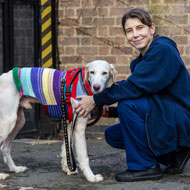
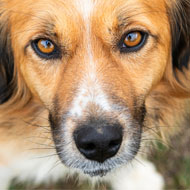
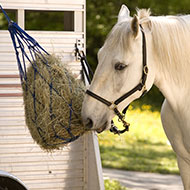

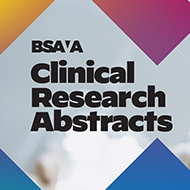 The BSAVA has opened submissions for the BSAVA Clinical Research Abstracts 2026.
The BSAVA has opened submissions for the BSAVA Clinical Research Abstracts 2026.